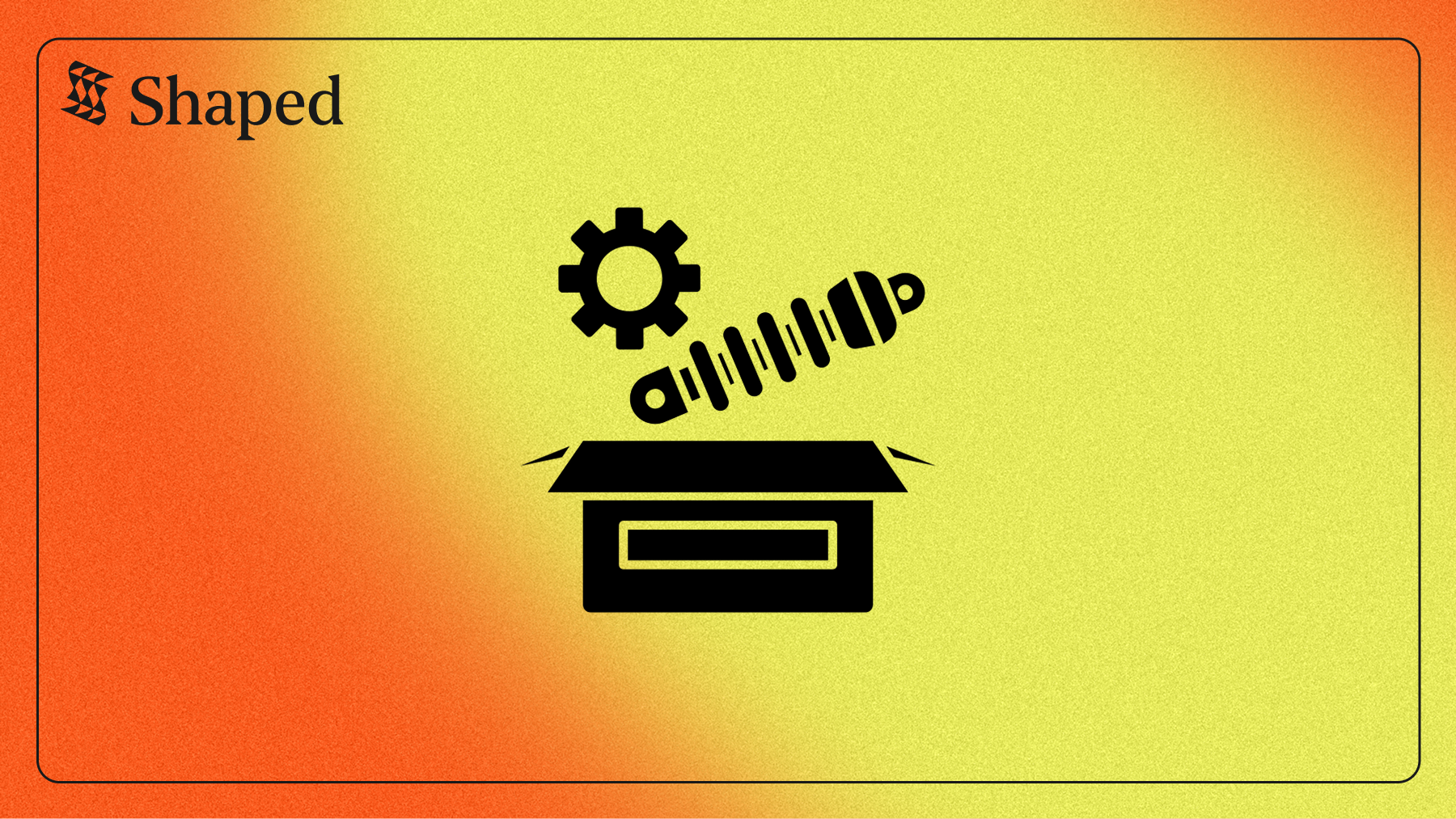As a Product Manager in the auto parts space, you live and breathe one core challenge: fitment. You've spent years building and refining the complex Year-Make-Model-Engine filter. Your "My Garage" feature is the centerpiece of your user experience. You have successfully solved the critical problem of telling a user which of your 2 million SKUs will fit their 2017 Ford F-150.
Congratulations. You've cleared Level 1.
But what happens next? The user selects their truck, searches for "brake pads," and your system correctly filters the catalog down to the 75 compatible options. Now what?
This is the million-dollar question. How do you rank those 75 options?
If you're like most marketplaces, you fall back on simple, generic sorting:
- ORDER BY price ASC
- ORDER BY brand_name
- ORDER BY sales_volume DESC
This is a huge missed opportunity. You've done the hard work of ensuring fitment, only to present the user with a poorly optimized, one-size-fits-all list. The DIY-er looking for the best value sees the same ranking as the performance enthusiast looking for premium brands.
Solving this "last mile" of discovery, the ranking after the fitment, is the next frontier for driving revenue and loyalty. And it doesn't require another three-year engineering project.
Beyond the Garage: Powering Your Store with a Ranking Engine
The answer isn't to build another complex system from scratch. You solved the structured data problem of fitment. Now, you can plug in a purpose-built ranking and recommendation engine to handle the discovery problem.
Shaped is an API-first platform that acts as the "brain" on top of your fitment logic. You still do what you do best: guarantee fitment. Our API handles the task of ranking those compatible parts in a 1:1 personalized order for each specific user.
Let's move beyond theory. Here’s how this transforms the surfaces you own today.
1. The Personalized Garage Homepage
The Old Way: A user with a 2015 BMW 328i in their garage lands on your homepage and sees a generic banner for "deals on truck accessories." It's irrelevant and a wasted impression.
The Shaped Way: When that user logs in, your homepage calls the Shaped Rank API. It knows this is a German sedan likely approaching 100,000 miles. The homepage is instantly populated with a "Preventative Maintenance for Your 328i" carousel showing compatible spark plugs, ignition coils, and oil filter kits from brands the user has previously purchased.
2. "Complete the Job" Recommendations
The Old Way: A user adds a pair of front brake rotors to their cart. The cross-sell module shows them a popular air freshener or a set of floor mats.
The Shaped Way: This is the ultimate upsell opportunity. When the rotors are added to the cart, Shaped knows the logical "job" the user is performing. The recommendation engine doesn't show random popular items; it shows the required and recommended parts to complete the job: the matching brake pads, a bottle of DOT 4 brake fluid, and a can of brake cleaner. This isn't just a better recommendation; it's a better customer experience that builds trust and dramatically increases average order value (AOV).
3. Smarter Search & Category Ranking
The Old Way: Two users have a 2019 Honda Civic in their garage. They both search for "alternator." They both see the exact same list of 20 compatible parts, sorted by best-seller.
The Shaped Way: User A has a history of buying the most affordable, value-oriented brands. User B always buys premium, OEM-equivalent parts. When they search, Shaped re-ranks the results for each of them. User A sees the Duralast-equivalent part at the top. User B sees the Denso part first. Both find what they want faster, without scrolling and filtering.
4. Solving the New Model Problem
The Old Way: The 2026 models are announced. You add thousands of new SKUs to your catalog, but they have zero interaction history. They are effectively invisible in your "best-seller" sorts, and you have no data on how to recommend them.
The Shaped Way: Shaped uses the rich metadata in your catalog, like the brand, item descriptions, and specs, to understand what a new part is. It can match these new parts to the users most likely to be interested in them from day one, solving the item "cold start" problem and ensuring your entire catalog is discoverable.
You Built the Fitment Engine. Don't Build the Ranking Engine.
Your team's expertise is in the complex, structured world of automotive data. Leveraging that is your moat. The next step isn't to distract your best engineers for two years to build a separate ML platform. The smart move is to plug in a best-in-class tool that complements your existing strength.
With a simple API call, you can pass a list of fitment-guaranteed item IDs to Shaped and get back a perfectly re-ranked list for each user. It's the fastest way to solve the "last mile" discovery problem and unlock the next level of growth.
Curious how we would rank the parts for a specific vehicle in your catalog? We’d love to show you a demo.


.png)
.png)
